Corals Moving North to Escape Warming
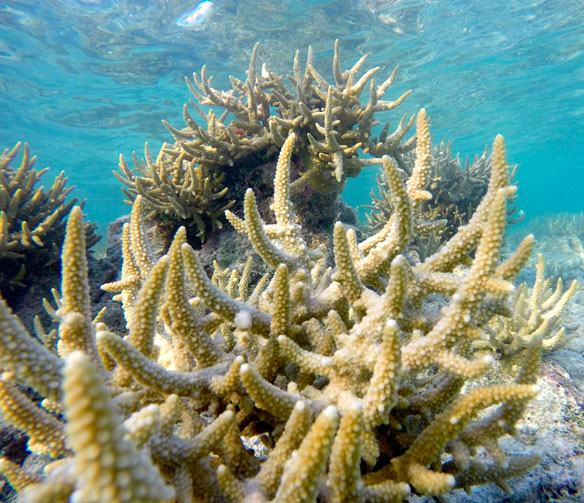
Corals are dying in tropical areas, but now it appears they are expanding their range poleward. However, even if range expansion of corals does occur, the amount of dying corals in tropical areas may be much greater than the new settlements in the temperate regions.
Illegal Sand-Mining Threatens Sea Turtle Population, St Kitts-Nevis
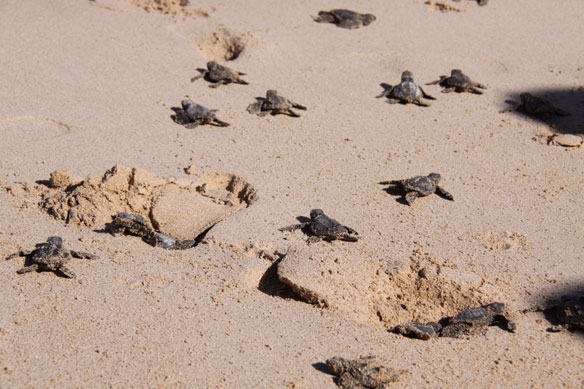
The biodiversity of St Kitts and Nevis, including the sea turtle population, is under threat due to the increase in illegal sand-mining that is taking place.
Surprisingly Few White Sharks Off California Coast, First Census Finds
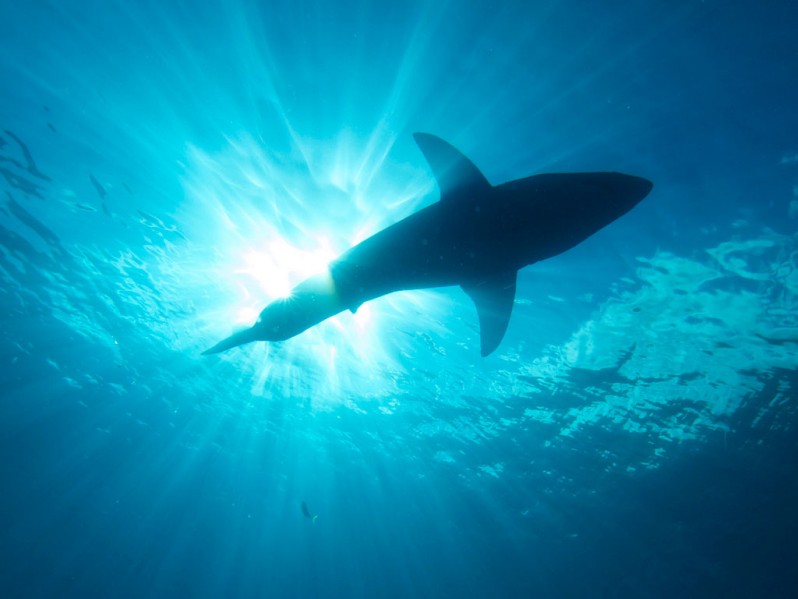
Satellite tagging studies have demonstrated that white sharks in the northeast Pacific make annual migrations from coastal areas in Central California and Guadalupe Island, Mexico, out to the Hawaiian Islands, and then they return to the same regions of the coast year after year.
The Lost Emperors
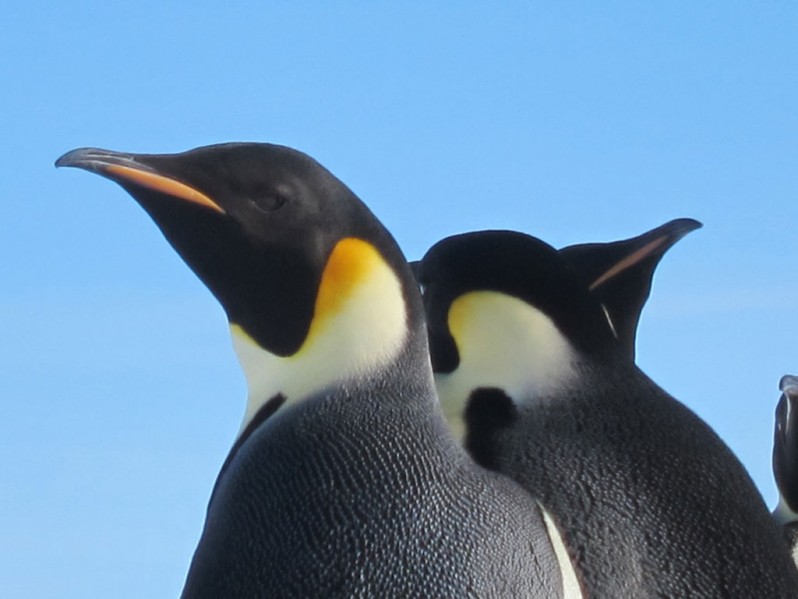
A small colony of emperor penguins on an island off the West Antarctic Peninsula is gone, and the most likely culprit is loss of sea ice caused by warming. Most emperor penguins breed on sea ice, called fast ice, which attaches to the ice shelves and coastlines. This is the first time the disappearance of a colony has been documented.
Reefs at Risk Report, Revisited: A Wakeup Call to Protect Coral
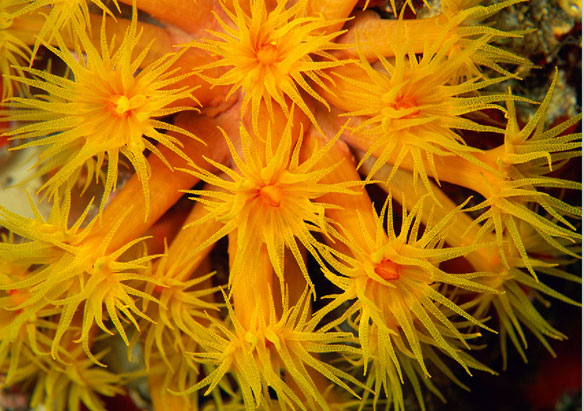
The new Reefs at Risk Revisited report is out, 13 years after the original Reefs at Risk, which was the first global assessment of the threats to Earth’s coral reefs and painted an alarming picture of their future. Today’s edition is even less rosy: three-quarters of the world’s coral reefs are at risk due to overfishing, pollution, climate change and other factors.
Impacts Of Intensive Salmon Farming On Coastal Ecosystems
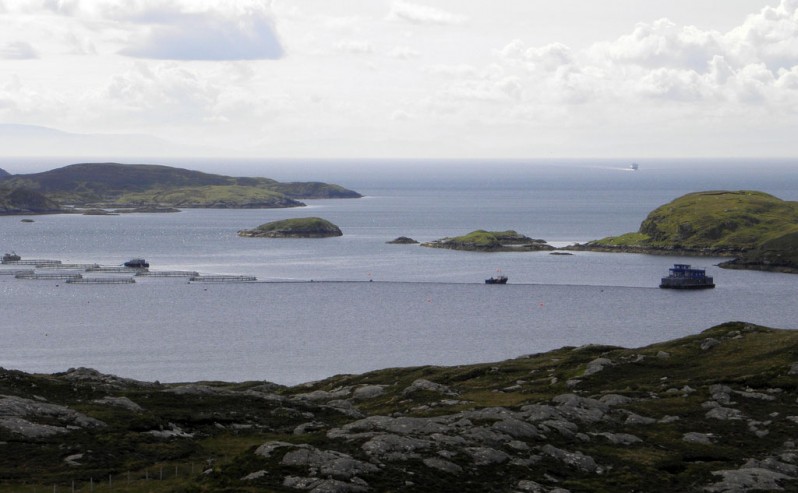
A new salmon-farming trade deal with China has terrifying implications on Scotland’s coastal ecosystem.
Drilling May Kill Mediterranean Ecosystem: WWF
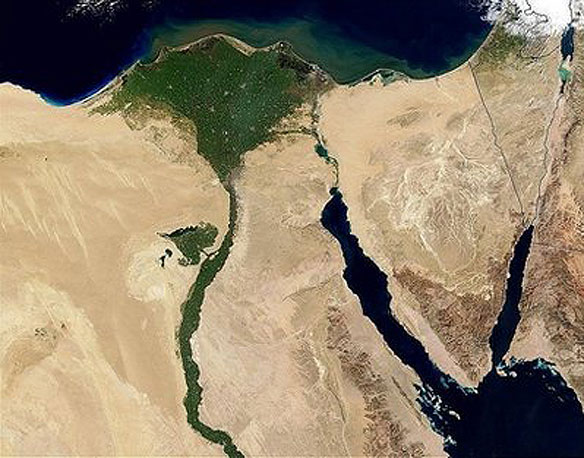
The recently discovered Leviathan gas field, 135 kilometres off the Israeli coast, is the world’s biggest gas discovery in a decade, with an estimated volume of 16 trillion cubic feet of gas. Earlier this year, the West Nile Delta gas field was discovered as well, lying in Egyptian waters only 80 kilometres off Alexandria.
Oysters Disappearing Worldwide: Study

A new, wide-ranging survey that compares the past and present condition of oyster reefs around the globe finds that more than 90 percent of former reefs have been lost in most of the bays and ecoregions where the prized molluscs were formerly abundant.
Study shows rapid deforestation in Malaysia
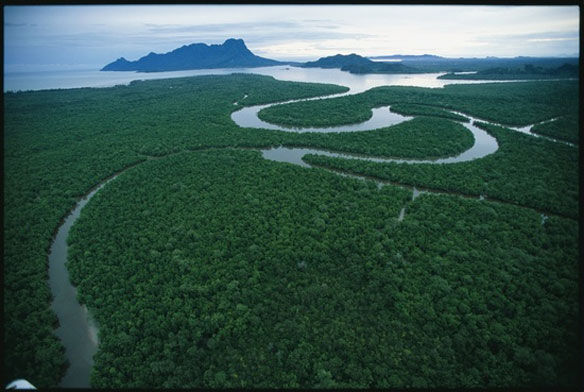
New satellite imagery shows Malaysia is destroying forests more than three times faster than all of Asia combined, and its carbon-rich peat soils of the Sarawak coast are being stripped even faster, according to a study released today.
